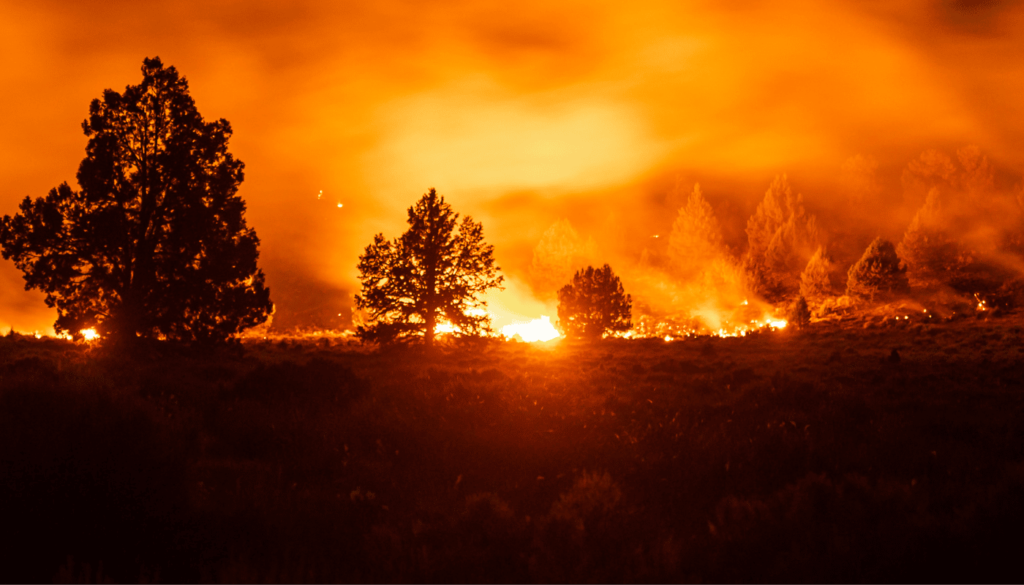When nature unleashes its fury or when unexpected crises hit, the backbone of our communities – airports, bridges, and fire stations – often finds itself on the frontlines. These structures don’t just represent concrete and steel; they’re lifelines that keep emergency services, commerce, and communication running when everything else seems to grind to a halt.
Modern disaster recovery depends on quick thinking, precise engineering, and fast mobilization. Specialized response teams with proven expertise, backed by strong client confidence reflected in reviews of vertex – provide the technical skills to stabilize, assess, and restore these facilities so that communities can get back on their feet faster.
Airports: Rebuilding the Gateways to Recovery
Airports are more than travel hubs; they’re strategic command centers during disasters. In the aftermath of hurricanes, earthquakes, or wildfires, they become vital points for delivering supplies, evacuating victims, and transporting emergency personnel.
Restoring airport functionality is often a race against time. Engineers and disaster specialists assess damage to runways, control towers, and terminals within hours. They focus on temporary stabilization first – ensuring planes can land safely, before moving on to permanent repairs.
Fun fact: Some airport runways are designed with built-in drainage systems that can handle over 100,000 gallons of water per minute during floods, preventing total shutdowns.
But speed isn’t the only priority. Safety takes precedence. Structural integrity testing, electrical inspections, and fire suppression system evaluations all happen simultaneously, ensuring airports can operate even while repairs continue.
Bridges: The Lifelines That Connect Us
Few pieces of infrastructure symbolize resilience like bridges. When disasters strike, damaged bridges can isolate entire regions, blocking access to hospitals, emergency services, and evacuation routes. Rapid bridge assessments and repairs are critical to restoring mobility and preventing economic collapse in affected areas.
Bridges face unique challenges after disasters – especially flooding and seismic events. Engineers often deploy specialized equipment to inspect submerged sections or use drones for aerial assessments. Once the structure’s condition is clear, repair teams can implement load restrictions, reinforcement systems, or temporary spans to restore partial traffic flow while full reconstruction takes place.
Fun fact: The Golden Gate Bridge can sway up to 27 feet in strong winds without sustaining damage – a testament to how flexibility is built into even the most rigid-looking designs.
Reinforcing bridge infrastructure before disaster strikes is equally important. Many disaster-response contractors now offer pre-disaster assessments, identifying structural vulnerabilities and creating tailored response plans to ensure faster recovery when the unthinkable happens.
Fire Stations: The First to Respond, the Last to Fall
While airports and bridges are vital for logistics, fire stations are the true beating hearts of emergency response. These buildings must remain operational even when surrounded by chaos. Their structure, communication systems, and energy supply must all withstand extreme conditions.
Post-disaster recovery for fire stations goes beyond fixing cracked walls or damaged roofs. Specialists evaluate HVAC systems for air quality (especially after wildfires), ensure emergency generators are running, and test water supply lines for contamination or pressure loss.
Fun fact: Some modern fire stations are built with “hardened zones” that can resist winds up to 250 mph, offering a safe command center during Category 5 hurricanes.
After catastrophic events, ensuring firefighters have safe, functional facilities to operate from can mean the difference between a controlled emergency and widespread devastation. Rapid-response engineering services ensure these essential teams stay equipped, housed, and connected.
The Unsung Heroes Behind Recovery
Behind every operational bridge, airport, and firehouse post-disaster stands a specialized team of engineers, construction experts, and environmental professionals. These disaster recovery specialists don’t just fix broken structures, they restore confidence and stability.
From mobilizing heavy equipment within hours to coordinating with insurance carriers and public agencies, they provide seamless solutions in the most high-pressure environments. Their work helps communities recover faster, reduces downtime, and ensures that the infrastructure people rely on most never stays down for long.
This hands-on, deeply experienced approach to catastrophic response services combines technology with human expertise. It’s not just about rebuilding – it’s about reinforcing resilience for the future.
Building Resilience for the Next Disaster
Disasters will always test our limits. But with advanced planning, expert coordination, and rapid mobilization, critical infrastructure can stand stronger and recover faster.
Whether it’s reopening a runway for relief aircraft, shoring up a bridge that connects two isolated towns, or restoring power to a fire station ready to protect its city, these efforts prove that resilience isn’t built overnight, it’s engineered through foresight, preparation, and teamwork.
In a world where crises are inevitable, the ability to keep our infrastructure operational isn’t just a technical achievement; it’s a promise to the people who depend on it.


